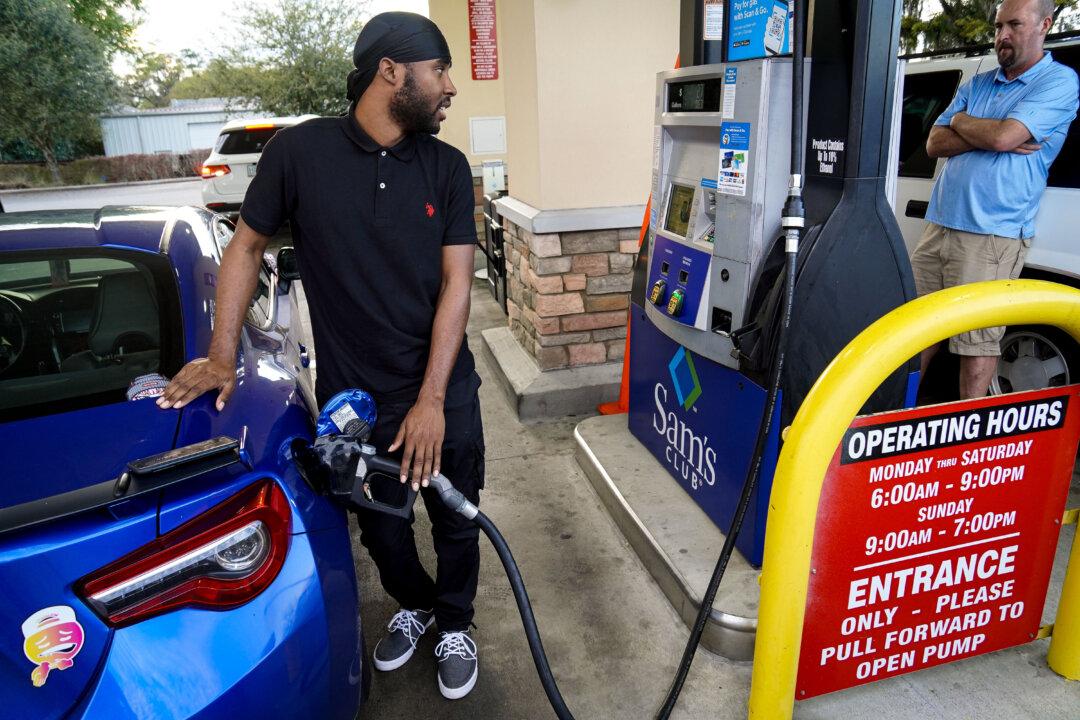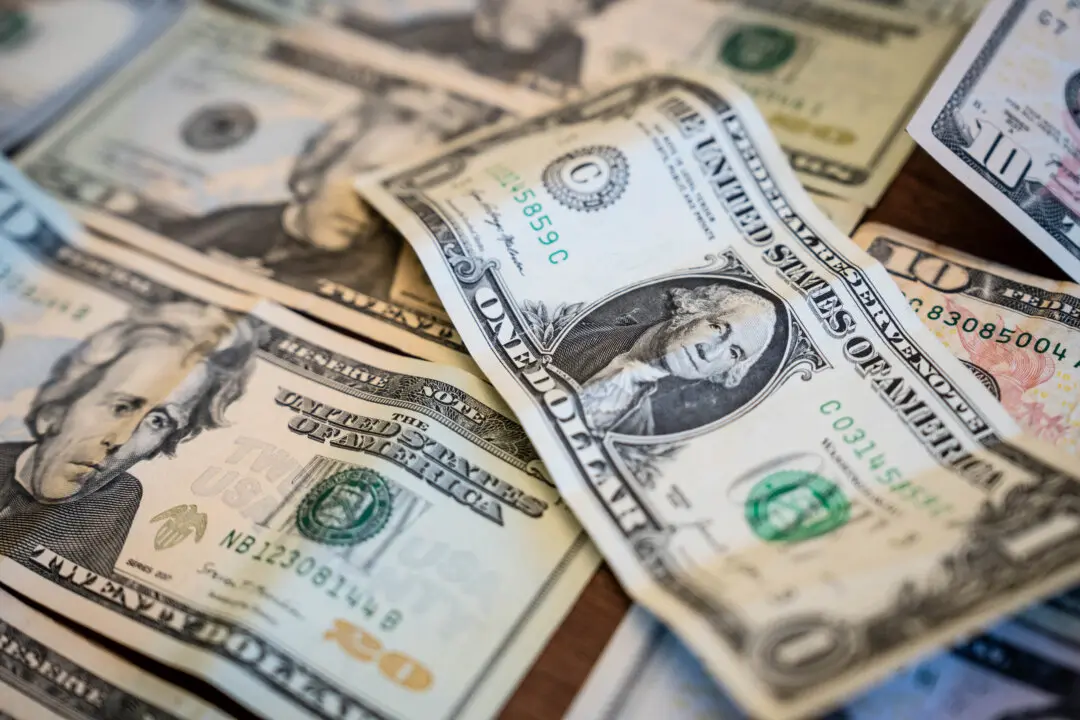News Analysis
Energy prices are soaring everywhere, prompting governments to consider support measures to mitigate the financial strain put on consumers’ wallets. But these costly policy tools might add to inflationary pressures and hinder central banks’ tightening efforts, according to one market analyst.





